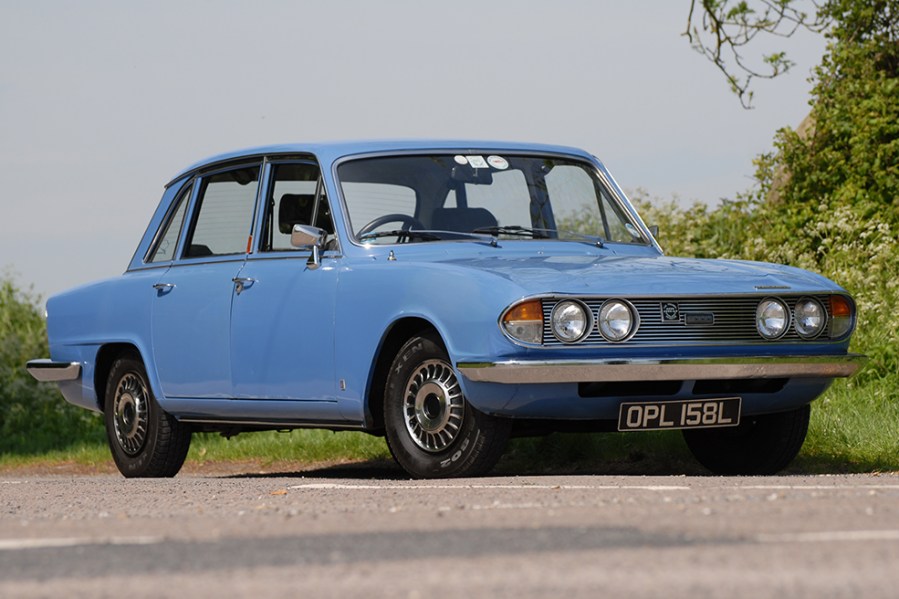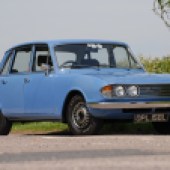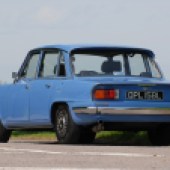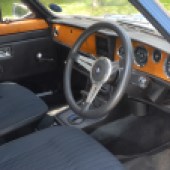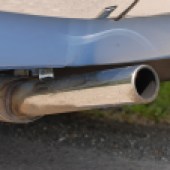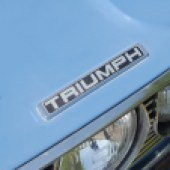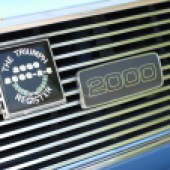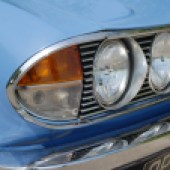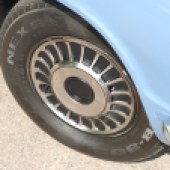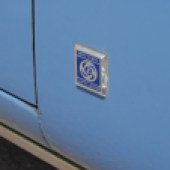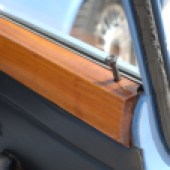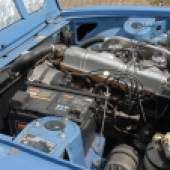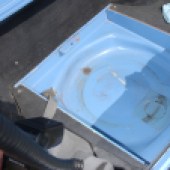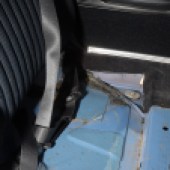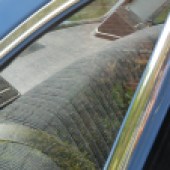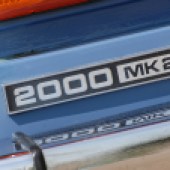The last of the brand’s independently developed saloons, the Triumph 2000 and its variants make for stylish and unusual transport today
By the mid-1950s, Standard-Triumph was struggling with a solid but rather dated product range. The introduction of the sharply styled Herald in 1959 did much to tempt younger buyers in at the lower end of the range, which left the rather staid Vanguard at the other end of the line-up.
Work to remedy the situation began in 1957, with the new car to be powered by the six-cylinder engine already found in the Vanguard Six and an intriguing mechanical layout: front-mounted engine, rear-mounted transaxle gearbox and front McPherson struts with independent rear end. On the separate chassis was to have been a modern body style complete with reverse-slope rear screen. Codenamed Zebu, this was destined never to leave the drawing board: the firm was tipped off that Ford would soon be launching the very similar-looking Consul Classic and 105E, while the faltering economy and the firm’s falling profitability saw development halted.
Various alternatives were considered including a lengthened and widened Herald chassis with similar bodywork but in 1961 Standard-Triumph International was saved from failure by Leyland. Funds were suddenly available again for the proposed new saloon and technical director Harry Webster effectively started again with a new project name, ‘Barb’. The straight-six powerplant was retained but the separate chassis was replaced by a modern monocoque bodyshell, with a sharp style courtesy of Giovanni Michelotti. The transaxle box became a standard longitudinal engine/gearbox installation and the suspension remained as front struts and independent rear by semi-trailing arms.
Launched in 1963 with sales beginning in 1964, the Triumph 2000 was a success and was well received by the press. With competitive pricing, it had the potential to transform Standard-Triumph’s fortunes and the range was broadened in 1965 with the addition of the estate model, handbuilt by Carbodies in Coventry. This of course gave Triumph an edge over its rival Rover, since the P6 was never offered as a factory-produced estate. In 1968, Leyland merged with BMC to create British Leyland and suddenly the Rover was an in-house rival. Triumph executives were also now aware that the Rover P6 would soon be offered with the 3.5-litre V8, which explains why the Triumph engine was stretched to 2,498cc in 1968 and given the Lucas fuel injection for improved power and driveability plus the opportunity for a unique marketing twist.
The following year the Triumph evolved into its MkII incarnation, the styling work again being carried out by Michelotti. Carrying the project name ‘Innsbruck’, the MkII received an extended nose and tail, giving it a usefully larger boot. A further facelift arrived in 1974, which added the Stag-style radiator grille and added the 99 bhp carb-fed 2500TC model which was designed to counter the Lucas injection system’s reputation for unreliability. The 2500TC proved to be sufficiently popular for the injected 2500 PI to be dropped in 1975, at which point the range became the 2000TC, 2500TC, 2500S and 2500S estate. The range-topping ‘S’ specification offered the 14-inch Stag-style GKN alloy wheels, front anti-roll bar and softer front springs, additional instrumentation and tinted glass. All the 2.5-litre engines now sported a revised cylinder head, TR6-style exhaust manifold and twin SU HS6 carbs for 106 bhp.
In May 1977, production of the 2000/2500 ended, the car effectively replaced by the Rover SD1 thanks to the management decision that Triumph’s role within the BL empire would be as a maker of smaller saloons and sports cars. As we now know, that plan proved to be less than successful and by 1981 the Triumph badge had disappeared from the firm’s own cars, although a rebadged Honda sold as the Triumph Acclaim until 1984.
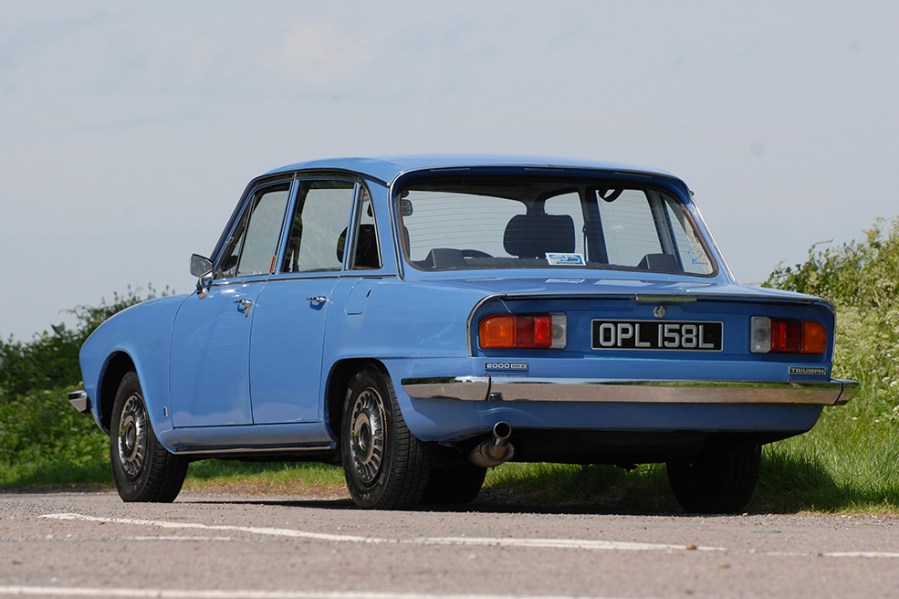
Bodywork
As Kevin Warrington of the Triumph 2000 2500 2.5 Register points out, this is another of those cars where it pays to buy the most solid example you can find. Much of the bodyshell is double-skinned which can make restoration work complex and expensive, with good sections often needing to be removed in order to access the rotten parts. As an example, Kevin points to the sills, which are a three-part design like the Stag and other BL cars of this era. In order to replace a crusty sill, you’ll need to cut the front wing for access, make the sill repair and then make the wing good again – after which you’re looking at £1,000–1,500 per side.
Apart from the sills, also check the A-pillars and the suspension mounts. At the front, the drag link from the strut can push through its mounting in the inner arch, while at the rear the suspension mounts under the rear seat can also corrode. The spare wheel well in the boot can also rot out.
As for parts availability, front wings for the MkII are unavailable, although a few MkI panels are still around, while the MkI nosecone is similarly unavailable. In cases where the complete panel is unavailable, repair sections are offered by the usual Triumph specialists. Bonnets, bootlids and doors are all available. Kevin advises that good used trim parts are the best way to go and there’s a good selection on offer out there – ironically, thanks to banger racers who have stripped cars and sell the unwanted trim. The brightwork is largely stainless rather than chrome so it does tend to last well.
If it’s an estate you’re contemplating then be aware that these cars were essentially hand-built, partially completed shells being taken from Triumph to Carbodies where the rear bodywork was completed before being returned to Canley for completion. As a result, panel fit can be a little, ahem, variable: a rear door from one estate may need finessing to fit another car.
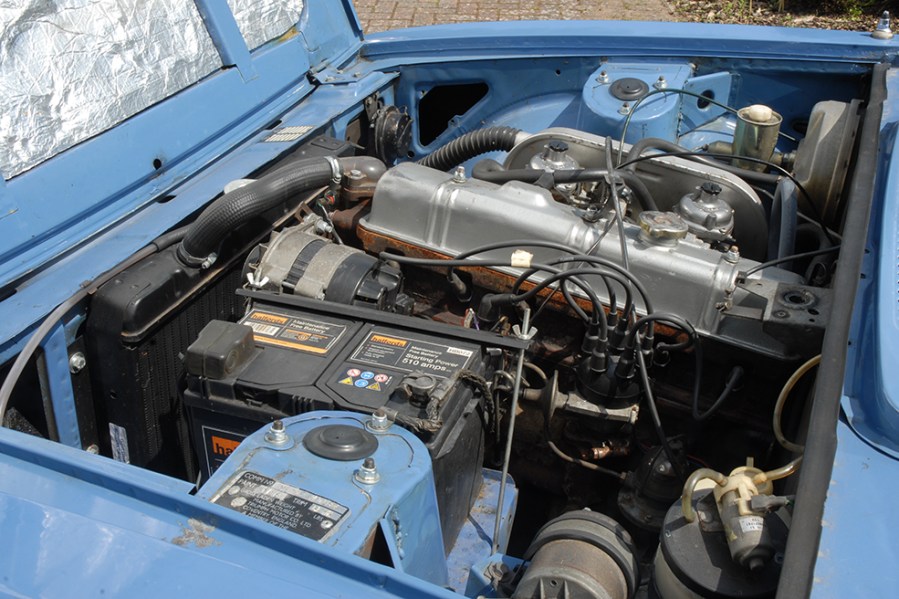
Engine and transmission
The Triumph straight-six engine was already well proven by the time it appeared in the 2000 and the 2.0-litre is essentially the same as that in the Triumph GT6 and Vitesse. Be aware that there were detail differences between the automatic and manual cars including a different camshaft. As so often with Triumph engines, crankshaft end float can be an issue, although less of a problem with the automatics. Have an assistant operate the clutch pedal while you check for play at the front pulley: if it’s badly out of spec the thrust washers can be in danger of falling out.
Oil pressure is a good indication of overall engine health, with 75-80 psi at around 3000 rpm being the sort of thing you want to see, although you’ll only find an oil pressure gauge on the S-spec cars.
Over the years many automatics have been converted to manual, either when the Borg-Warner box developed a fault or in the pursuit of increased performance and economy, so check that a manual-shifted car left the factory that way. The commission number on the body plate will begin ‘BW’ [ie Borg Warner] for automatic cars.
In general the automatic is a reliable unit though and any problems should be obvious: don’t expect the seamless change of a modern eight-speed electronic box, but changes should be refined and thump-free, as should take-up of power when shifting from Park into Drive or Reverse. The manual box is similarly refined and any excessive whining or jumping out of gear when on and off the throttle is bad news. If the overdrive on a manual car won’t engage, then it may be just as simple as a low oil level.
If you have your heart set on a manual car then don’t overlook the automatic: even in 2000 form, the six-pot engine and Borg-Warner box make a nice combination and they’re still brisk enough to keep up with modern traffic.
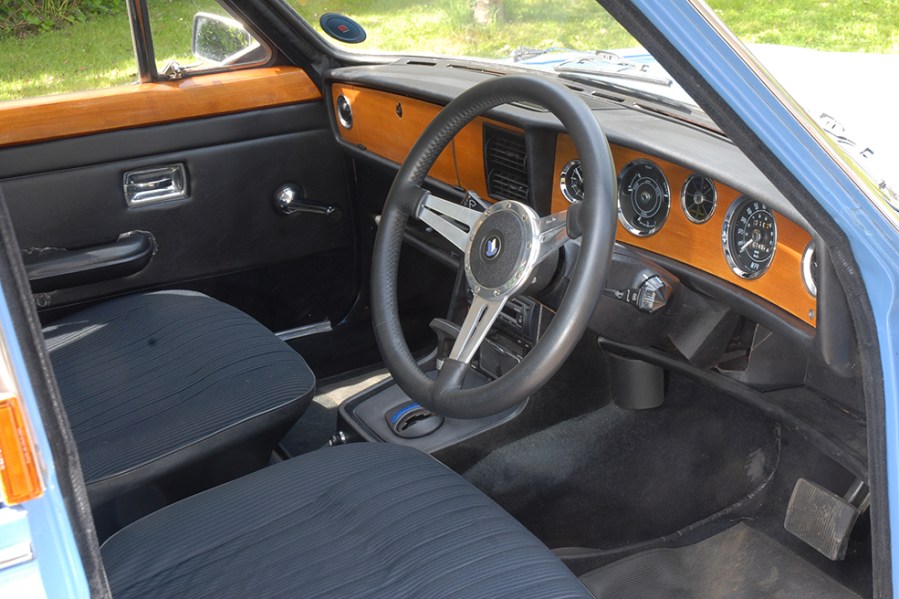
Interior and trim
The woodwork can begin to look tatty but in extreme cases the veneer can be stripped off the teak base and that can then be lacquered and polished with good results. On cloth-trimmed seats the sunlight can gradually rot the fabric and the foam base which will then crumble away. It’s especially noticeable on the top edge of the rear seat and explains why many cars have been changed to the vinyl ‘Ambla’ trim. Cover sets aren’t available off the peg but you can of course have a trimmer reproduce the original covers in similar if not identical cloth.
Suspension, steering and brakes
The suspension layout is essentially the same as used by Triumph for everything from the TR4A to the Stag and is relatively simple to work on, the exception being the rear wheel bearing which requires an exchange hub. Swapping the old perished rubber bushes to modern polyurethane items can make a big difference to the feel of the car and Superflex can offer the full range of bushes for the job.
The standard 175×13 tyres are hard to obtain as they tend to be made infrequently in small batches in the required speed and load rating. If you do find some, check that they’re not caravan, trailer or van tyres, warns Kevin. Currently the only choice is a Uniroyal tyre, although an easy solution is to switch to the 14-inch wheels from the Stag and go down to a 70-profile tyre to preserve the rolling radius. The problem is worse with the 185-section 13-inch rubber fitted to the PI, meaning your only choice is a specialist tyre supplier or a swap to Stag wheels. The Minilite-style wheel is another popular choice and both designs look good on these cars.
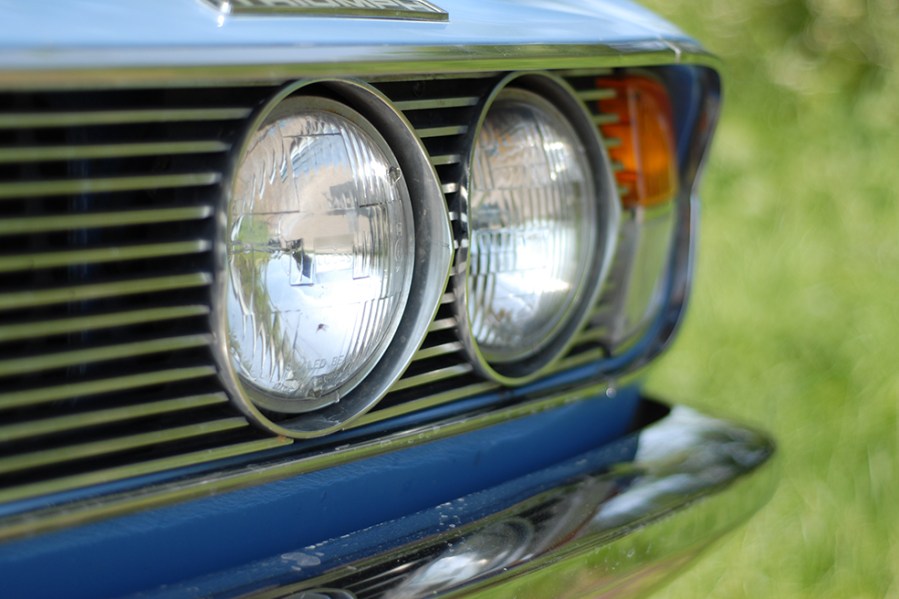
Triumph 2000: our verdict
Today the Triumph brand is owned by none other than the mighty BMW, a legacy of its ill-fated Rover Group acquisition. Its ownership of the famous badge is at once both ironic and entirely appropriate since the Coventry maker once occupied the market share now enjoyed by the Bavarians. There’s no better illustration of this than the Triumph 2000 and its derivitives, which represented the aspirational choice for the upper mid-range company buyers in the mid 60s who today covet the BMW 3 Series.
More affordable than the Jaguar, but decidedly more upmarket than a Cortina, the Triumph – alongside the Rover P6 launched within a week of it – was the first of the new wave of smaller, more compact executive cars which replaced the old ‘3-litre’ class.
Both the Triumph and the Rover were forward-looking designs, selling on modern high-tech rather than tradition and although launched in the 60s the Triumph 2000 drives more like a 70s car and still feels relatively modern on the road. With their blend of Italian style and traditional British straight-six powerplant, the 2000 and 2500 are gaining in popularity and although they’re not priced up there with the more expensive TRs, they’re relatively unusual.


